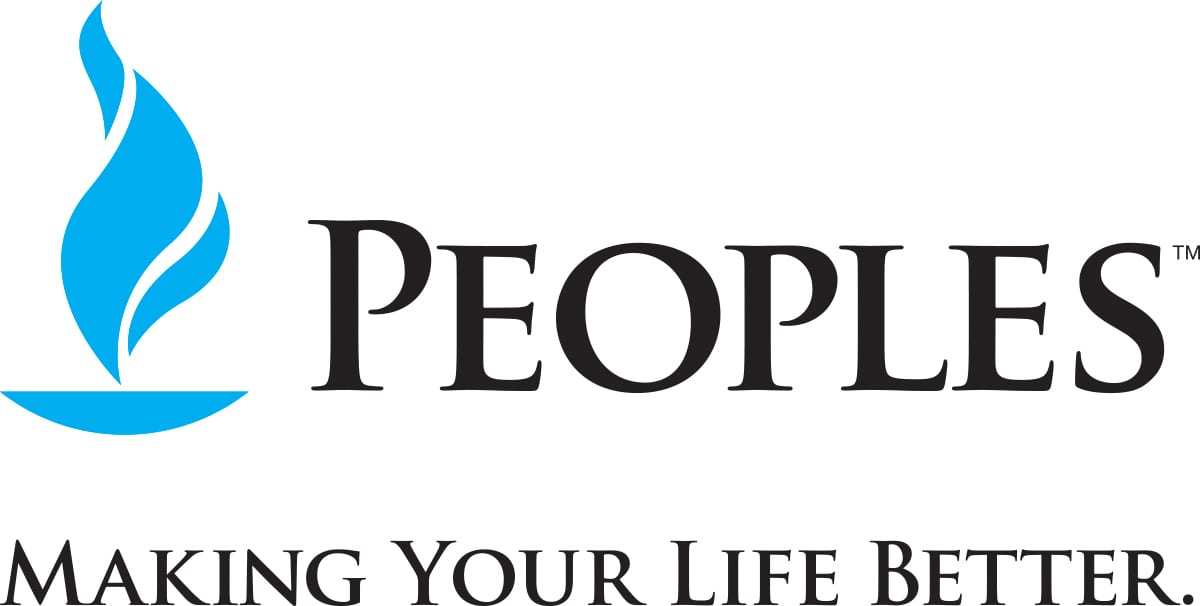
Peoples has served customers in southwestern Pennsylvania since 1885, and its history extends to the earliest days of the natural gas industry in the United States. Their company provides service from the Transmission system to the Distribution system, through a series of pipelines and stations, all the way to the customer’s meter.
Natural gas is an abundant energy source, found deep beneath the earth’s surface. It is odorless, colorless, and produces very few emissions. It is generally considered to be the cleanest fuel because of its clean-burning qualities. Due to its ease of use and positive environmental attributes, natural gas use is expanding to electrical power generation, cooling, and as fuel for natural gas vehicles (NGVs).
Below are low and no-cost measures, but you should consider other important adjustments that you can make to your heating and cooling systems. For instance, changing your thermostat setting costs nothing, takes only minutes to change, and can save as much on fuel bills as insulation, storm windows, or weatherstripping. Maintaining your heating/cooling system regularly is as important as maintaining your car. Just as a tuned-up car will last longer and get more miles for every gallon of fuel, your heating system will give you longer service and more heat for every unit of fuel. A more efficient heating system saves you money, because you need to use less fuel to get the same amount of heat.
- Take this test: If a playing card fits the crevice of an outside door or window, you need more weather stripping. Caulk and weather-strip to stop air leaks around windows, doors, exhaust fans, and any other place where wires or pipes pass through walls. Replace any caulk that has cracks or is no longer soft.
- You can install storm and/or replacement windows, but they may not be the best use of your energy improvement dollars because of their high cost and long payback. A low-cost alternative is 6-mil plastic, which you can use to “make” storm windows. Be sure to stretch it as tightly as you can. If you use these homemade storm windows on the inside of your regular windows and attach them carefully, they can last through several seasons. You can also find homemade kits at home improvement stores.
- Keep out winter air by covering your window air conditioners tightly on the inside with thick plastic or special air conditioner covers. Weather-strip around the units to block drafts.
- Cover bare ground beneath your home with a vapor barrier to keep moisture from getting into your home. Polyethylene sheets work well. Since a third of your air conditioner’s energy is spent removing moisture, vapor barriers can make a noticeable dent in your energy bills.
- If you have a crawlspace, open your foundation vents each spring and close them each fall.
- Planning to replace your roof? Consider roofing materials with reflective coatings and/or choose light-colored roofing to greatly reduce heat absorption.
- Carefully plan your landscaping to help to reduce your energy costs and increase indoor comfort.
- Plant deciduous trees like oak, maple, gum, ash and dogwood. They lose their leaves in the winter, letting the sun through to warm your home. In summer, their leaves shade your home. Plant shade trees to the south, since that side gets the most sun.
- Evergreens are effective for blocking wind. Plant them in a staggered or double line to the northwest of your home.
- Smaller foundation plants can minimize the loss of cool air away from the house in summer and, in winter, provide additional wind protection.
Did you know that natural gas has the lowest carbon footprint of all fossil fuels? If you want to learn more about why natural gas is the better choice over oil, click here to watch a quick video that shows you how you can save money AND help the environment by switching to natural gas.

Leave A Comment